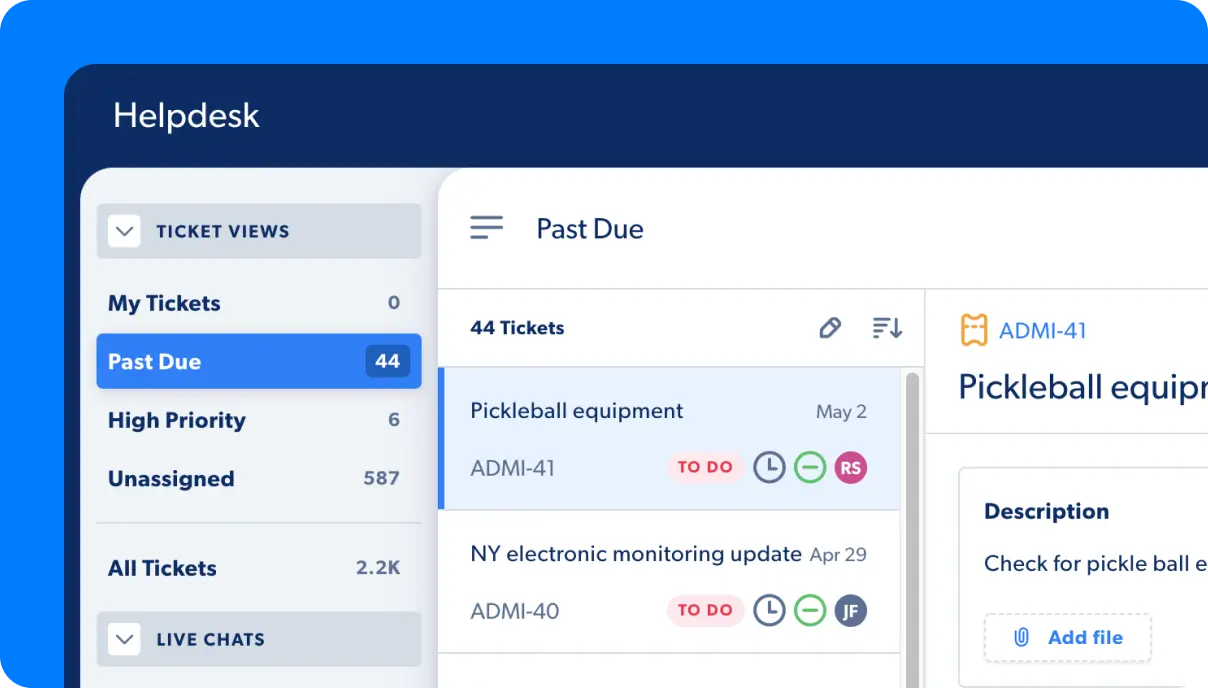While you may no longer have use for a particular file, others in the company still may find it valuable. A great way to mitigate this risk is to use Capacity’s support automation platform. Using this tool, when you delete the file on your specific computer, other members in the organization will still be able to access it.
In this article, we’ll cover these and other questions in more detail. Most importantly, of course, we’ll example exactly what happens to a cloud file that gets deleted on your computer.
If I delete a file from my computer, does it disappear from the cloud?
The short answer is yes. After you delete a file from your computer, the file will also be deleted from the cloud the next time your system syncs.
At the same time, this is not a permanent, irreversible process. Most cloud storage systems allow you to restore a deleted file within 30 days. Similarly, you can also use this restore feature if you have a new computer and need access to your files.
The nuances of deleting cloud storage files.
The above answer, of course, is only true if your cloud storage is connected directly to your local file directory. This is common for services like OneDrive and Dropbox, which have a direct link between local storage and their virtual counterpart. The two sides aim to remain in sync, so a change in one will lead to a change in the other.
Cloud-only storage, however, can behave differently. For instance, if you only access your cloud drive through a web browser, you will likely upload files manually from your local file directory. In this case, deleting the file from your computer will not impact its status online.
Finally, the vendor with which you work plays a role in the process as well. Every cloud storage solution tends to have a distinct policy on how deletions are handled. While some allow you to restore deleted files for only 30 days, others may extend that to 90 days or even a year. Understanding these nuances can help you understand exactly what happens when you delete that local file.
How cloud backups play into the file deletion question.
One significant benefit of cloud storage is the ability to regularly back up your data without additional storage or hard drive needs. Of course, that process also impacts your protocols after deleting a file.
Say, for instance, that you accidentally delete a local file. That file will now be removed from your cloud drive, as well. Once you miss the restoration timeframe, you still can get it back. Simply recall a backup before the time you deleted the file, which should allow the system to bring it back.
An important caveat for this step: backing up your system to a point in the past also eliminates any other changes you might have made to files in the meantime. New or updated files might be lost or reverted to their original form, so this step should only be taken with great caution.
The threats and challenges of data loss.
Cloud storage, and the resulting question that headlines this article, is so important in part because of the significant problem data loss has become. Research shows that 6% of computers suffer a total data loss every single year. Add it up, and more than 30% of PC users have lost all their computer’s data at some point in the recent past due to events completely out of their control.
Cloud storage purports to solve that problem. Because the files are stored virtually, an office fire or hard drive failure is not enough to eliminate your data. But what happens when the link between local and cloud data is so close that the loss of one automatically leads to the loss of the other? That’s what makes the more complex answer to the title question so important.
Effective uses of dynamic cloud storage.
If deleting a file on your local drive means erasing it in the cloud as well, what good is this virtual storage? The applications, it turns out, go far beyond expanded storage.
Take Capacity’s Knowledge Base feature as an example. Much more than a simple virtual hard drive, it’s a dynamic platform that can help you store your organization’s core knowledge and learnings. Artificial intelligence processes comb the data, turning it from a collection of documents and articles into a dynamic, inherently usable piece.
At its core, that’s nothing more than cloud storage. At the same time, the ability to turn a simple data directory into a dynamic knowledge base shows just what is possible on this front.
Storing your core information in such a knowledge base, of course, also protects your organization from potential data loss after deleting files. Here, the files become part of a great whole, so deleting the initial Word document from which they originated will do little to stop the larger processes at hand.
Cloud drive integrations to build better data management.
Finally, effective data management can prevent data loss from occurring so that the question post in the title of this article never needs to come to fruition. A truly digital organization doesn’t simply rely on a single data storage system. Instead, it integrates multiple solutions to work closely together, ultimately pursuing a goal of comprehensive data management.
For Capacity, that means comprehensive app integrations with several cloud storage solutions. File systems like OneDrive and Google Drive are already part of the equation, while others like Dropbox are coming soon. Combine these integrations, and you can leverage our platform to build a comprehensive web of cloud drive and data management specifically designed to minimize the risk of data loss.
Learn more about effective cloud drive and storage usage.
In short, effective management of cloud storage can be complex. It’s not as simple as adding a cloud drive to your tech stack and calling it a day. Instead, you need strategic data management, combined with a cloud drive that helps you truly stay organized.











































